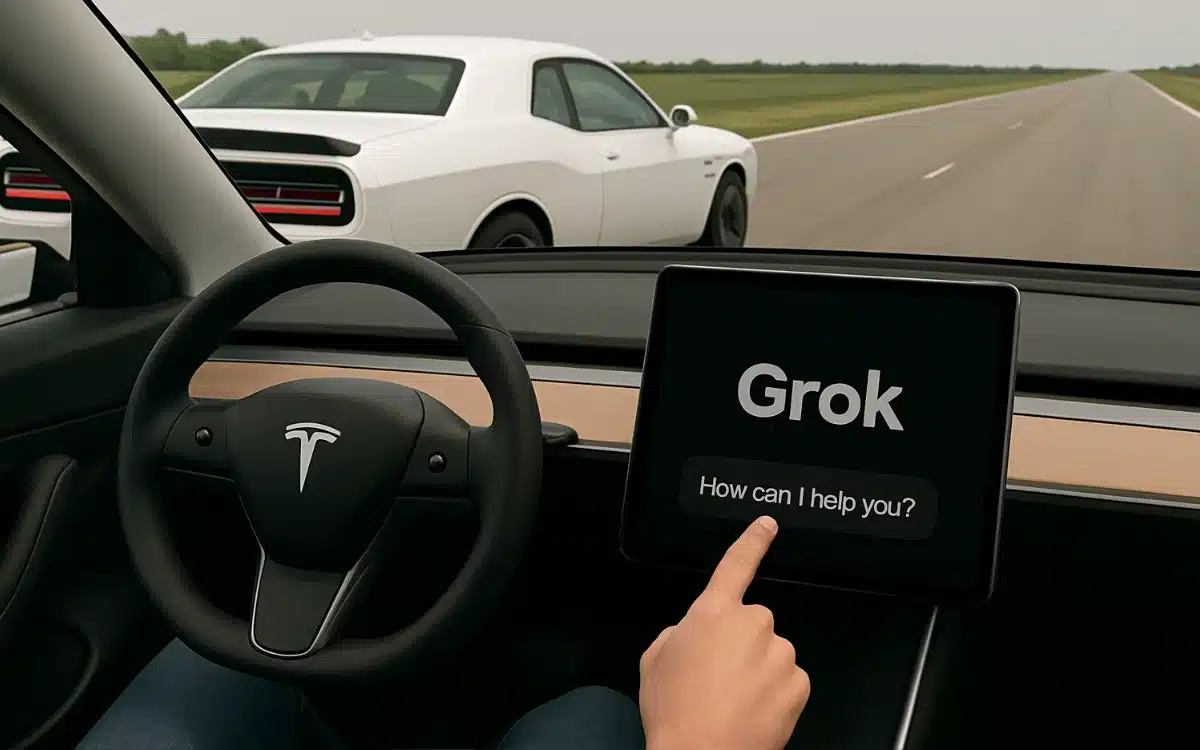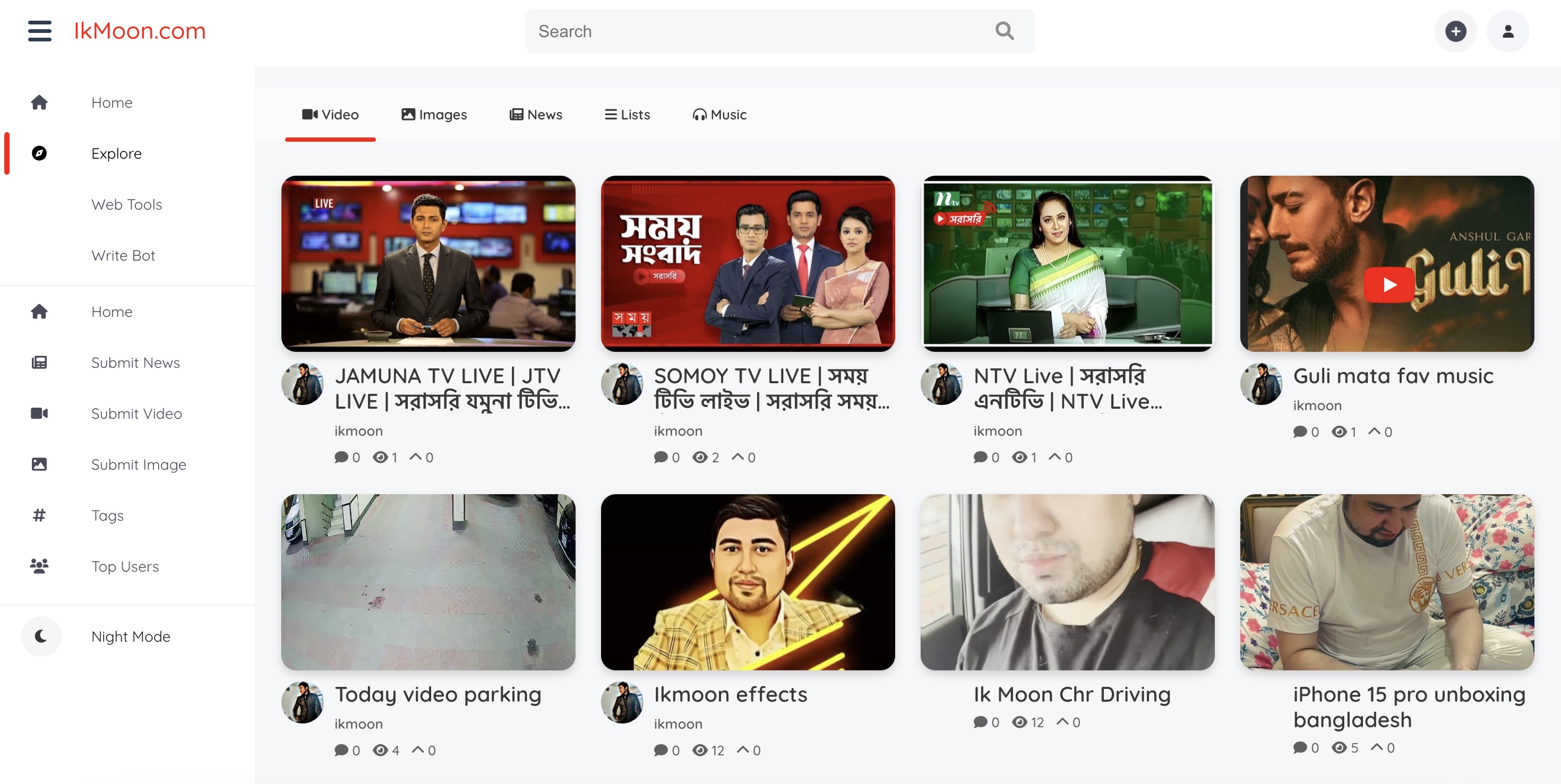DLSS 3 from NVIDIA: Can it Run on Older GPUs?
The post DLSS 3 from NVIDIA: Can it Run on Older GPUs? appeared on BitcoinEthereumNews.com. NVIDIA’s DLSS (Deep Learning Super Sampling) technology has been a game-changer in the world of PC gaming, offering improved performance and image quality through AI-powered upscaling. With the release of the RTX 40-series GPUs, DLSS 3 was introduced, promising even better performance and visual fidelity. However, the question on many gamers’ minds is whether DLSS 3 can be made to work on older GPUs, specifically the GeForce RTX 20 and 30-series. Recently, gamers and tech enthusiasts have discovered a potential workaround to enable DLSS 3 on GeForce RTX 20 and 30-series GPUs. This discovery comes in the form of “Portal: Prelude RTX,” a modified version of the classic game Portal designed to showcase NVIDIA’s latest technologies. The technical details: how DLSS 3 runs on older GPUs The process of enabling DLSS 3 on older GPUs involves replacing the standard DLSS DLL (Dynamic Link Library) with a specially crafted NVIDIA DLSS 3 Frame Generation DLL. This replacement DLL, specifically the “1.01” version, is essential for making the technology function on these GPUs. While it’s technically possible to enable DLSS 3 on GeForce RTX 20 and 30-series GPUs in Portal: Prelude RTX, the results are far from perfect. Users have reported significant stuttering issues, which severely impact the gaming experience. This stuttering issue is attributed to poor frame pacing, a crucial aspect of delivering smooth gameplay. The big question: NVIDIA’s motive and future possibilities The discovery of DLSS 3 on older GPUs naturally leads to speculation and questions regarding NVIDIA’s intentions and the possibility of wider support. One prominent question is whether NVIDIA’s decision to limit DLSS 3 support to the RTX 40-series GPUs is merely a strategic move to encourage users to upgrade to newer hardware. It’s not uncommon for technology companies to use software limitations as a motivator for hardware…

The post DLSS 3 from NVIDIA: Can it Run on Older GPUs? appeared on BitcoinEthereumNews.com.
NVIDIA’s DLSS (Deep Learning Super Sampling) technology has been a game-changer in the world of PC gaming, offering improved performance and image quality through AI-powered upscaling. With the release of the RTX 40-series GPUs, DLSS 3 was introduced, promising even better performance and visual fidelity. However, the question on many gamers’ minds is whether DLSS 3 can be made to work on older GPUs, specifically the GeForce RTX 20 and 30-series. Recently, gamers and tech enthusiasts have discovered a potential workaround to enable DLSS 3 on GeForce RTX 20 and 30-series GPUs. This discovery comes in the form of “Portal: Prelude RTX,” a modified version of the classic game Portal designed to showcase NVIDIA’s latest technologies. The technical details: how DLSS 3 runs on older GPUs The process of enabling DLSS 3 on older GPUs involves replacing the standard DLSS DLL (Dynamic Link Library) with a specially crafted NVIDIA DLSS 3 Frame Generation DLL. This replacement DLL, specifically the “1.01” version, is essential for making the technology function on these GPUs. While it’s technically possible to enable DLSS 3 on GeForce RTX 20 and 30-series GPUs in Portal: Prelude RTX, the results are far from perfect. Users have reported significant stuttering issues, which severely impact the gaming experience. This stuttering issue is attributed to poor frame pacing, a crucial aspect of delivering smooth gameplay. The big question: NVIDIA’s motive and future possibilities The discovery of DLSS 3 on older GPUs naturally leads to speculation and questions regarding NVIDIA’s intentions and the possibility of wider support. One prominent question is whether NVIDIA’s decision to limit DLSS 3 support to the RTX 40-series GPUs is merely a strategic move to encourage users to upgrade to newer hardware. It’s not uncommon for technology companies to use software limitations as a motivator for hardware…
What's Your Reaction?









































